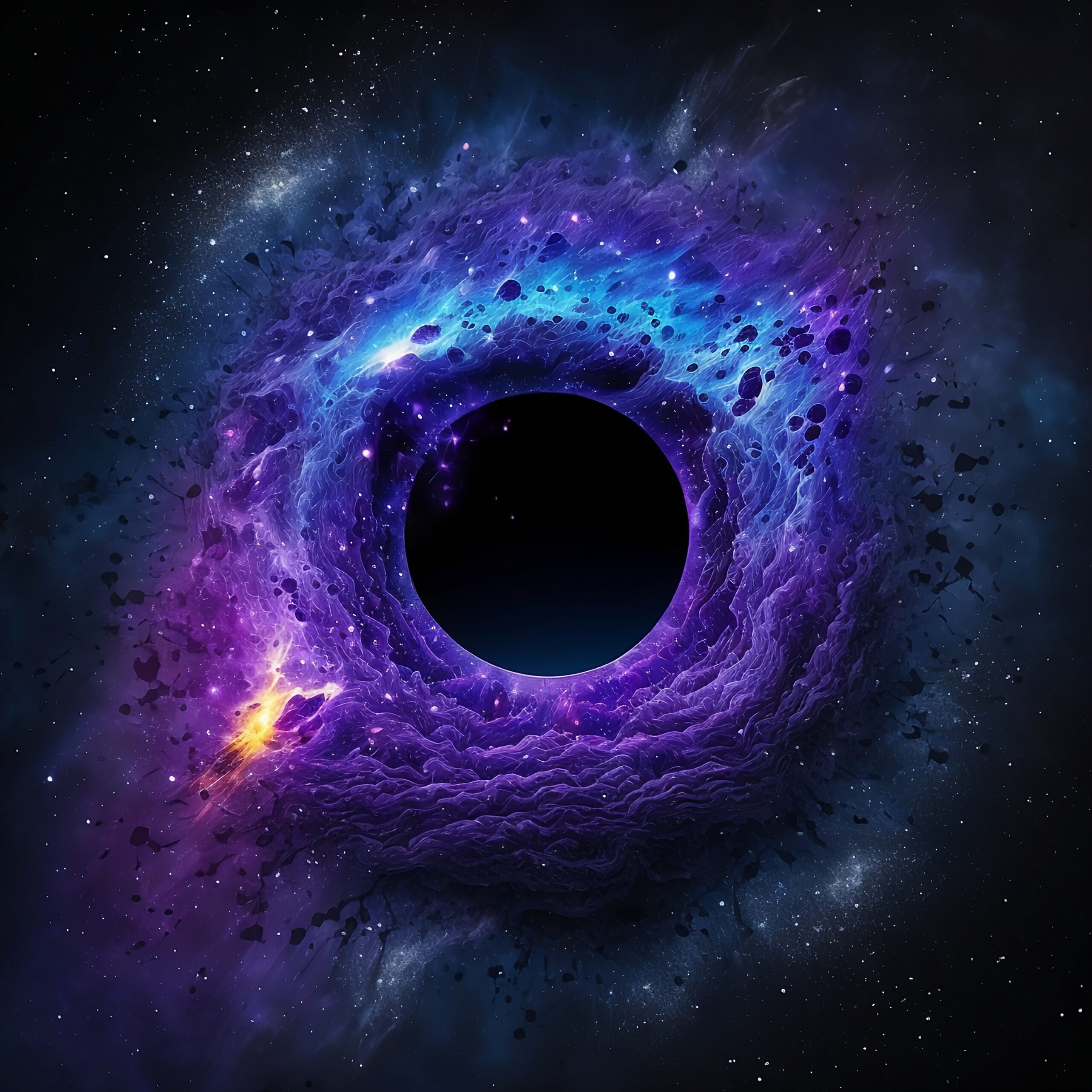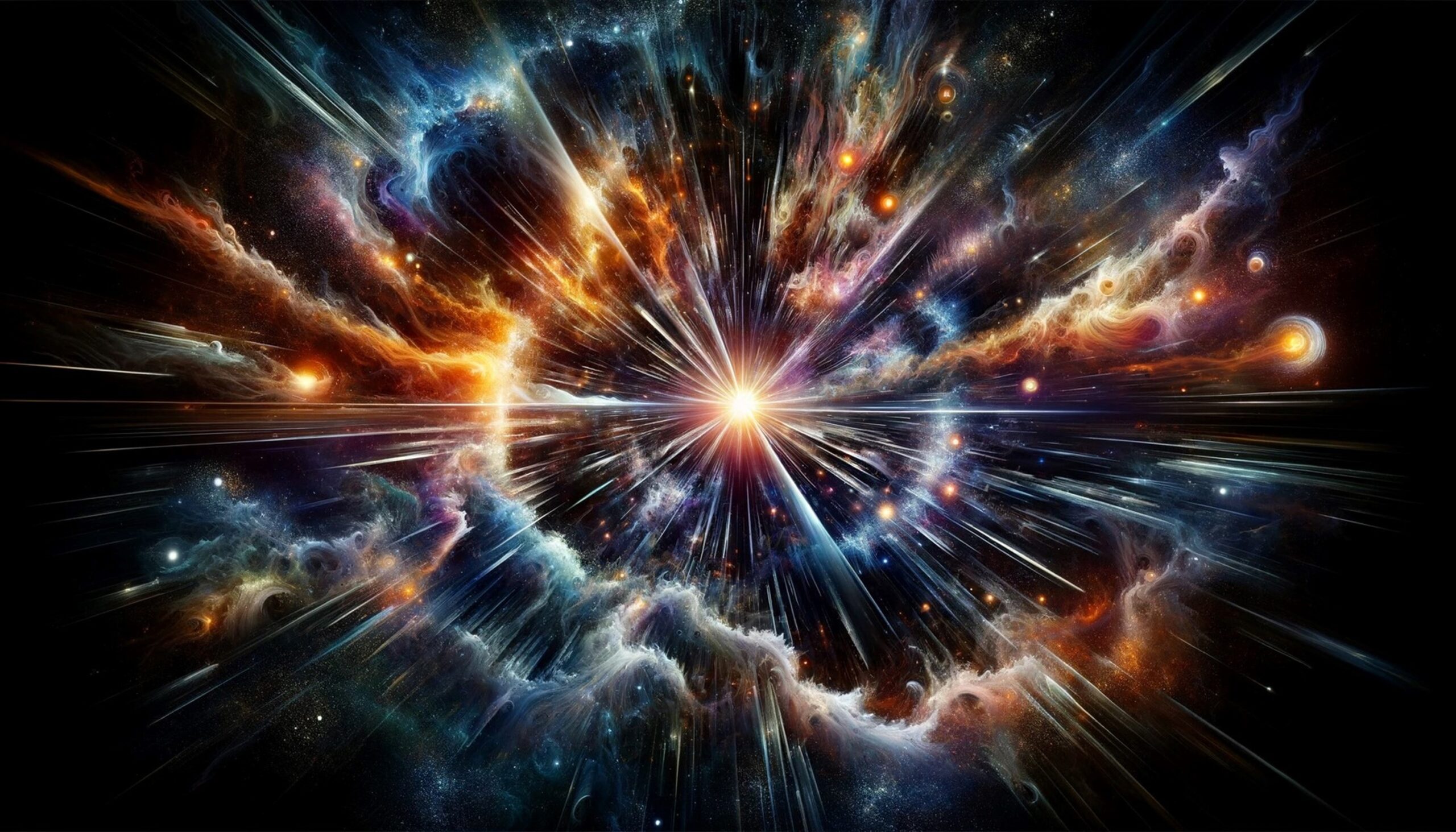Introduction
Stars are formed from large clouds of gas and dust, a process called star formation. This usually happens in the dense, central areas of galaxies, where the conditions are perfect for stars to form. For a long time, scientists believed that most stars were born in the middle of galaxies, where gravity and gas are concentrated.
But what about the outer edges of galaxies? Can stars form in these far-off, isolated regions? For years, scientists were unsure. It was believed that the conditions at the edges of galaxies were too harsh and scattered to support star formation.
However, discoveries are changing this view. Recent observations show that stars can indeed form at the outer edges of galaxies. This challenges our previous understanding and opens up new possibilities for studying how galaxies grow and evolve.
Why Are Galactic Edges Unlikely for Star Formation?
The edges of galaxies were considered unlikely places for star formation for a few reasons:
Low Gas and Dust Density: Stars need dense clouds of gas and dust to form. At the outer edges of galaxies, these materials are spread thin, making it harder for them to come together and form stars. It’s like trying to start a fire with almost no fuel.
Limited Gravitational Support: In the center of galaxies, the gravity from nearby stars helps compress gas clouds, triggering star formation. At the outer edges, gravity is much weaker, making it harder for stars to form.
Harsh Conditions: The outer edges of galaxies are often exposed to radiation from other galaxies or space itself, which makes it difficult for gas to cool and collapse into stars. It’s like trying to build a house without the right materials or tools.
Together, these factors made scientists think that the edges of galaxies were unsuitable for star formation. But recent discoveries have shown that stars can form in these regions, suggesting that galaxies are more complex and adaptable than we thought.
The Recent Discovery: New Evidence of Star Formation at Galactic Outskirts
Recent studies have shown that stars are forming at the very edges of galaxies, a place once thought to be too hostile for such activity.
Who Made This Discovery?
Scientists from around the world, using advanced telescopes like ALMA (Atacama Large Millimeter/submillimeter Array), Hubble, and the James Webb Space Telescope, made this discovery. These telescopes allowed them to see faint signs of star formation at the edges of galaxies.
How Was It Observed?
Using powerful telescopes, scientists were able to detect cold gas—the building blocks of stars—in the outskirts of galaxies. The Hubble and James Webb telescopes also captured detailed images of young stars and star clusters in these remote regions.
Key Finding
Unexpectedly, scientists found that young stars and clusters of stars are forming at the edges of galaxies, where the conditions are not ideal. This discovery challenges traditional ideas about how and where stars can form.
Why Is This Discovery Important?
This discovery is a game-changer in understanding how galaxies work and how stars are born. While scientists once focused on the center of galaxies, the finding that stars can form at the edges raises new questions.
Understanding Galaxy Evolution: This discovery helps us understand how galaxies grow, especially at their outer edges. The ability of galaxies to form stars in extreme conditions suggests they are more adaptable than we thought.
Insights into the Universe’s Structure: Studying star formation at the edges of galaxies can help us understand the larger structure of the universe, including how matter is distributed and how galaxies develop over time.
This discovery challenges old ideas, raises exciting new questions, and helps us better understand the universe’s complexity.
Conclusion
The finding that stars can form at the outer edges of galaxies challenges long-held beliefs about where and how stars are born. It shows us that the universe is more flexible and surprising than we thought, with stars able to form even in the harshest conditions.
This discovery reminds us that the universe is full of mysteries waiting to be explored. As we continue to look deeper into galaxies, who knows what other surprising discoveries are waiting just beyond the edges of what we know?
Share the knowledge with

